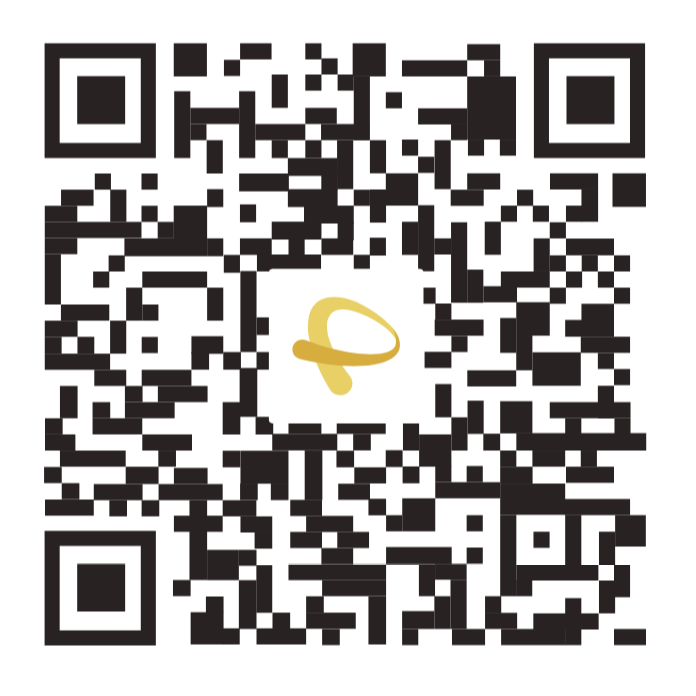International Money Transfer Guide: Common Transfer Processes, Fees, and Transfer Times
In today’s highly interconnected global economy, international money transfer has become an essential tool for both businesses and individuals to handle cross-border financial transactions. Whether it's for international procurement, overseas salary payments, or other purposes, choosing an efficient, secure, and low-cost international money transfer method is crucial. This article will provide a detailed explanation of the basic concepts of international money transfers, commonly used methods, fee structures, and transfer times, and introduce how you can leverage PhotonPay to enhance your international payment experience.
Basic Concept of International Money Transfer
International money transfer refers to the movement of funds from one country or region to another, often involving currency conversion. This process is typically carried out through financial institutions such as banks, third-party payment platforms, or specialized remittance service providers.
Common international money transfer methods include:
-
Bank wire transfers (SWIFT)
-
E-wallets or third-party payment platforms (e.g., PayPal)
-
Global account transfers (e.g., PhotonPay)
-
Money transfer companies (e.g., Western Union, MoneyGram)
Each method has its own advantages and disadvantages in terms of cost, speed, and convenience, so choosing the right method is very important.
How to Choose the Right International Money Transfer Solution?
When choosing an international money transfer method, the following key factors should be considered:
-
Fee Structure: Including transfer fees, intermediary bank charges, and exchange rate margins.
-
Transfer Time: Whether T+0 or T+1 transfers are available, and whether there are delays due to intermediary banks.
-
Security and Compliance: Whether the service provider has the necessary financial licenses and complies with AML/KYC regulations.
-
Currency and Country Coverage: Whether the method supports the desired currencies and countries or regions.
-
Ease of Use: Whether the process can be done online and whether multi-language customer support is available.
For businesses that frequently make international money transfers, choosing a platform like PhotonPay, which has a global payment network and localized service capabilities, can significantly improve efficiency and experience.
Key Advantages of PhotonPay’s Global Payout Solutions
-
Global Coverage & Speed: Supports 60+ currencies across 180+ countries and regions, with same-day (T+0) settlement in many areas.
-
Competitive Exchange Rates: Transparent pricing with no hidden charges, regardless of transaction volume.
-
High-Efficiency Bulk Payments: Handle hundreds of transactions at once, ideal for salaries, advertising, or VAT payments.
-
Intra-Account Transfers: Instant and cost-saving transfers between PhotonPay accounts with same-currency settlements.
-
Versatile Payment Options: Includes payments to PayPal wallets and PhotonPay Cards for use across e-commerce, logistics, and advertising platforms.
PhotonPay Cross-Border Money Transfer Process
-
Register a corporate account and complete verification with company documentation.
-
Open multi-currency global accounts to obtain local receiving account details.
-
Add recipient details, with support for batch imports.
-
Submit your payment request, selecting currency, amount, and recipient method.
-
Complete the payment and track transaction status in real-time.
International Money Transfer Fees and Transfer Times
Different international money transfer methods vary greatly in terms of fees and transfer times:
-
Traditional bank wire transfers typically have high fees and longer processing times, especially when intermediary banks are involved.
-
Services like PhotonPay support local transfer channels and fast settlement networks, with T+0 transfers available in most countries and regions, significantly outperforming traditional methods.
Frequently Asked Questions (FAQs)
1. What are the advantages and disadvantages of traditional bank wire transfers?
Advantages include global availability and reliability; however, the disadvantages include high fees, complex processes, long transfer times, and potential delays or hidden costs when intermediary banks are involved.
2. What information is required for international transfers?
Typically, the recipient’s name, bank account number, recipient bank’s name, and SWIFT code are required. In some countries, an IBAN or local payment identification number (e.g., ACH Routing Number in the US) may also be needed.
3. Are there limits on international money transfers?
Many countries have regulatory restrictions on cross-border fund flows. Transfer limits depend on the sending and receiving countries, transfer method, currency, and service platform.




